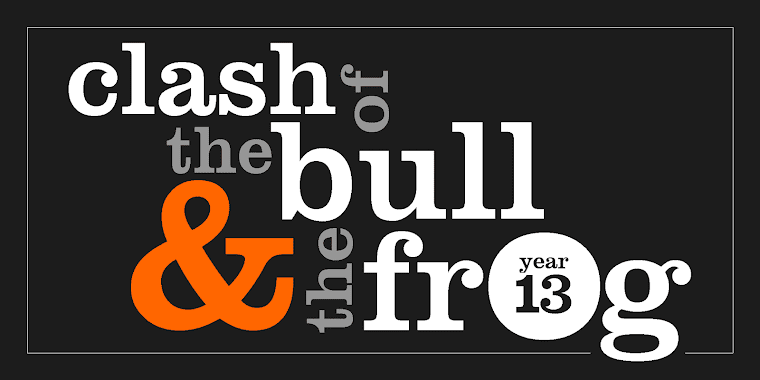First, we draw a period
no bigger than pollen
on a sheet of paper,
one that could impede
tongues and birthing
for our knowledge
of tragedy to cease
and delimit itself, to stop
like rundown seawalls do
to afternoon strolls.
For how much longer
this would stretch to,
it is best to say we are
in the wake of our ellipses.
Waiting requires tenacity
instead of patience,
and it is in the waiting
that all things grow.
Or wither. We must breathe
in each interval.
Second, we tell the gales
not to give in. We will be sorry
for the spiders though
since no gem that clings
on what remains of their homes
will prove its worth.
No matter how pure,
no matter how clear.
We must remain strong
and humble as silk.
With the fate of the spiders
we will either adore
or condemn that even
the lightest of things—
drizzle, a crisp brown leaf,
a found earring,
the sole pillow on bed,
the strand of silver hair—
are among the many
disguises of grief.
Third, we say nothing
to queries that start with why.
Or at times even with how
and the rest of its kin.
This way we will learn
to forgive truth for its merits
and cherish quietness instead.
Then our nights will reclaim
their usual quiver,
our days soft and lambent.
Now, let us say,
if we could just have one hand each,
us by the bench, on the grass,
or somewhere steep,
listening to electric calls
of dragonfly wings,
we could probably say
there is no letting go.
We will make
the constellations proud.
no bigger than pollen
on a sheet of paper,
one that could impede
tongues and birthing
for our knowledge
of tragedy to cease
and delimit itself, to stop
like rundown seawalls do
to afternoon strolls.
For how much longer
this would stretch to,
it is best to say we are
in the wake of our ellipses.
Waiting requires tenacity
instead of patience,
and it is in the waiting
that all things grow.
Or wither. We must breathe
in each interval.
Second, we tell the gales
not to give in. We will be sorry
for the spiders though
since no gem that clings
on what remains of their homes
will prove its worth.
No matter how pure,
no matter how clear.
We must remain strong
and humble as silk.
With the fate of the spiders
we will either adore
or condemn that even
the lightest of things—
drizzle, a crisp brown leaf,
a found earring,
the sole pillow on bed,
the strand of silver hair—
are among the many
disguises of grief.
Third, we say nothing
to queries that start with why.
Or at times even with how
and the rest of its kin.
This way we will learn
to forgive truth for its merits
and cherish quietness instead.
Then our nights will reclaim
their usual quiver,
our days soft and lambent.
Now, let us say,
if we could just have one hand each,
us by the bench, on the grass,
or somewhere steep,
listening to electric calls
of dragonfly wings,
we could probably say
there is no letting go.
We will make
the constellations proud.








